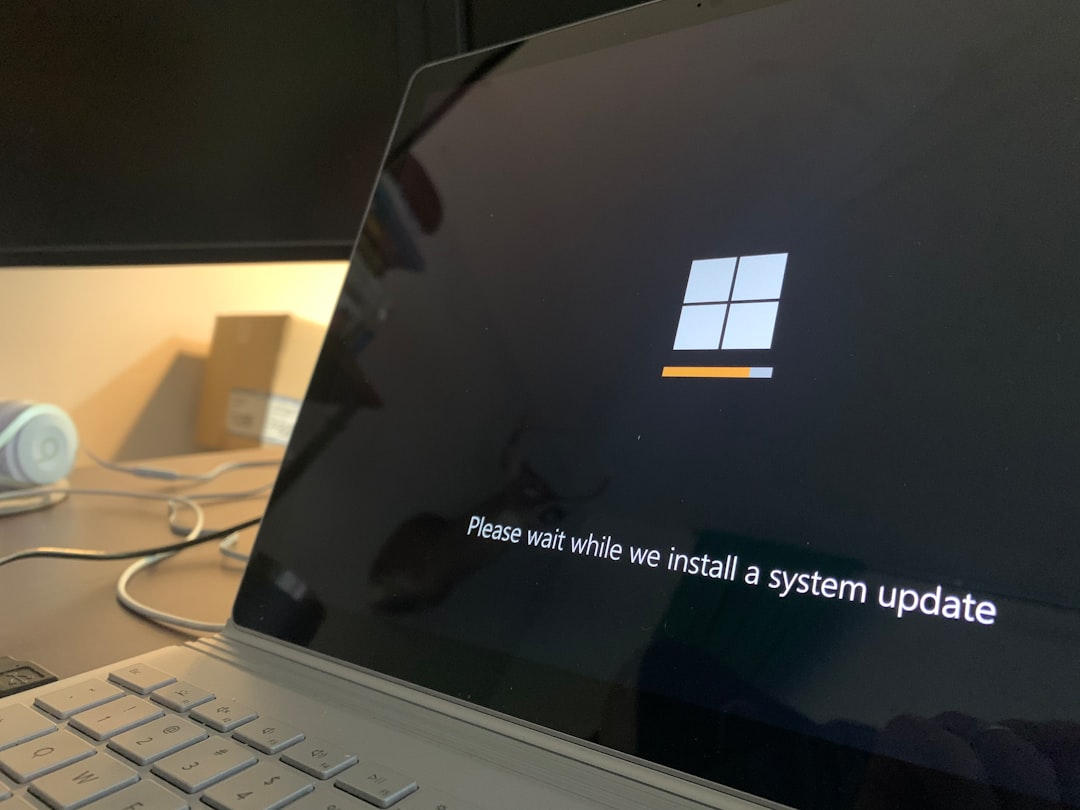Windows users occasionally face system errors, missing or corrupted files, or unexplained performance issues. When these issues arise, the operating system provides several tools to diagnose and repair them. One of the most effective tools is DISM (Deployment Imaging Service and Management Tool). This command-line utility can scan and restore the integrity of system files, and it’s especially helpful when Windows System File Checker (SFC) encounters problems it cannot fix on its own.
What is DISM?
Deployment Imaging Service and Management Tool (DISM) is a built-in Windows utility used primarily by system administrators and advanced users to maintain and prepare Windows images. It also offers robust capabilities for repairing a running Windows system, making it critical for dealing with persistent issues or corrupted files.

When Should You Use DISM Commands?
Sometimes, running sfc /scannow from the Command Prompt may display the message: “Windows Resource Protection found corrupt files but was unable to fix some of them.” This is your cue to enlist the help of DISM to prepare and clean the Windows image before running SFC again.
You should consider using DISM if you’re experiencing:
- Frequent crashes or blue screen errors
- Corrupt or missing operating system files
- Malfunctioning Windows features or updates
- An unresponsive or unusually slow system
How to Run DISM Commands
To run DISM effectively, follow these steps:
Step 1: Open Command Prompt as Administrator
DISM requires administrative privileges.
- Press Windows + S and type cmd.
- Right-click on Command Prompt and select Run as administrator.
Step 2: Run DISM ScanHealth
This command checks for corruption in the Windows image but doesn’t repair it. Use it when diagnosing problems.
DISM /Online /Cleanup-Image /ScanHealthThis process may take some time depending on your system.
Step 3: Run DISM CheckHealth (Optional)
If you’re short on time, the CheckHealth command scans for issues, specifically those that have already been detected and logged. It won’t find new issues.
DISM /Online /Cleanup-Image /CheckHealthStep 4: Run DISM RestoreHealth
If corruption is found, this command automatically attempts to fix issues using Windows Update or an installation disk.
DISM /Online /Cleanup-Image /RestoreHealthNote: If your system has issues connecting to Windows Update, you can direct DISM to use local files or a mounted image instead.

What Happens After Running DISM?
If DISM successfully repairs the system image, you should follow up with the System File Checker again. That way, SFC can re-check your system with a healthy Windows image backing it.
To run SFC, enter the following command in the same elevated Command Prompt window:
sfc /scannowThis step ensures that all damaged or missing system files are fully restored.
Tips for Efficient Use of DISM
- Always backup your data before making system-level changes.
- Ensure your system is connected to the internet if you’re using Windows Update as the source for repairs.
- You may use a Windows installation ISO or USB as a source for repairs by mounting it and specifying the path using the
/Sourceparameter.
Example with Source Option
If Windows Update is unavailable, use the following command line, replacing D:\Sources\install.wim with the actual path to your mounted ISO image:
DISM /Online /Cleanup-Image /RestoreHealth /Source:D:\Sources\install.wim /LimitAccessConclusion
Keeping your Windows system healthy doesn’t always require a complete reinstallation. With tools like DISM and SFC, you have the power to resolve many deep-seated problems from the command line. These tools not only save time but also provide a deeper understanding of your system’s integrity. The next time you’re facing stubborn issues, remember that a few commands can breathe new life into your PC.


































